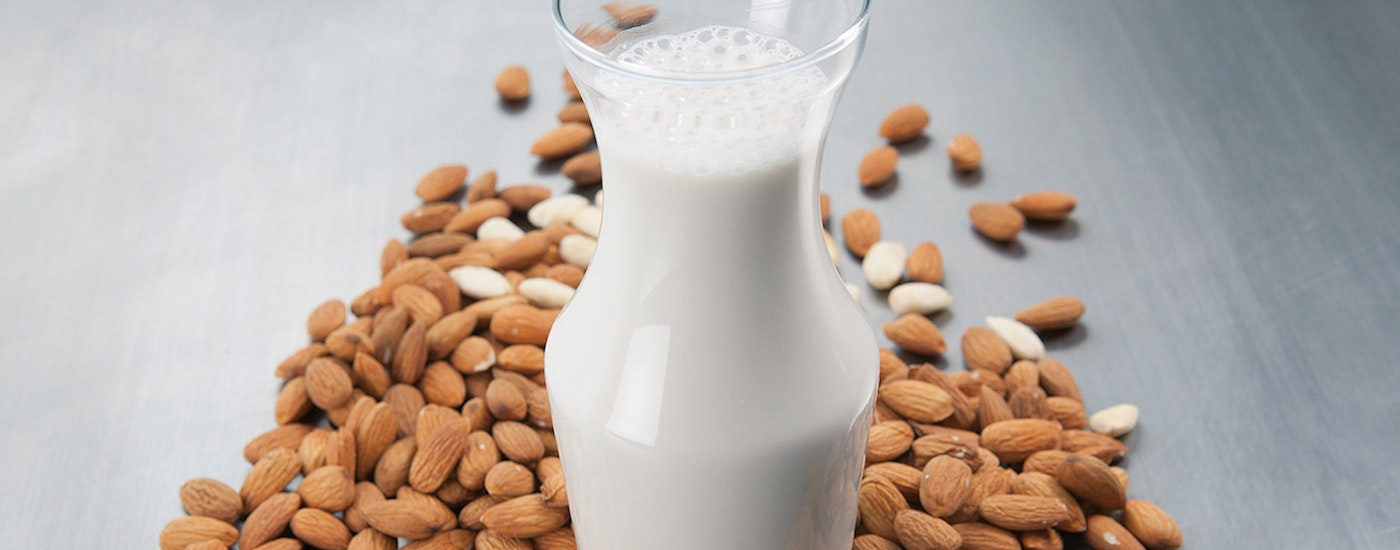The first applications developed for Gellan Gum was as an Agar alternative in microbiological culture media. Gellan also showed advantages as a clear gelling agent in plant cell and tissue culture media. The usage in media is approximately 50% compared to agar. The first food application for Gellan Gum was a beverage that leveraged both gelling and suspension functionalities called Orbitz(TM). Gellan Gum is also used in high sugar confectionary gel centers that are coated with hard or sugar shells. By replacing gelatin, Gellan Gum makes these items more desirable for vegan and vegetarian diets. Although very expensive on a per pound basis, the cost in use is reasonable because of low usage levels (in beverages 0.01-0.03% by weight). The native type (High Acyl or HA) Gellan Gum is also used in molecular gastronomy to make highly flavorful gels to add culinary and texture interest. HA Gellan Gum forms soft elastic transparent gels which melt between 70-80 C. This functionality is influenced by the presence of cations and pH. LA (Low Acyl) Gellan Gum forms firm, non-elastic brittle gels in the presence of cations. It is always recommended to hydrate Gellan Gum prior to the introduction of sugar into the formula. Excellent heat stability and low viscosity at high temperature are benefits for using HA Gellan Gums in HTST and UHT thermal processed products. HA Gellan Gum is used as a label-friendly alternative to Carrageenan and microcrystalline cellulose (Cellulose Gum, Cellulose Gel) in shelf-stable fortified and meal replacement beverages (both dairy and non-dairy based).

Gellan Gum
Common Names
- Gellan Gum
Functionality
- Thickener
- Gel Formation
- Suspension
Quality
- High Acyl or Low Acyl
- Particle Size
Applications for Gellan Gum
Botanical Sources
Gellan Gum is a hydrocolloid produced through fermentation processes. It is a carbohydrate polymer produced by the bacterium Sphingomonas elodea formerly known as Pseudomonas elodea. Following fermentation, the media is heated to kill viable cells. The isolation and purification of the Gellan Gum includes precipitation with alcohol. The level of acyl groups can be reduced with an alkali treatment prior to alcohol precipitation to produce Low Acyl (LA) forms compared to the native High Acyl (HA) form of Gellan Gum.
.jpg?w=700&h=800&fit=crop)
Polymer Chemistry
The chemical structure of Gellan Gum includes a linear polymer comprised of tetra-saccharide repeating unit. This repeating polymer unit contains glucose, glucuronic acid and rhamnose. Along this polymer backbone are substitutions of acyl groups (glyceate and acetate) on the glucose residues. These acyl substitutions can be removed or "lost" in commercial processing. As a result, Gellan Gum is classified based on the degree of acyl substitution into two groups: High Acyl (HA) and Low Acyl (LA). Dispersion of Gellan Gum is made easier with the addition of buffering salts and/or cations. Heat is required for complete hydration, activation and resulting functionality of Gellan Gums and are very sensitive to soluble ions, temperature, and pH. The processing recommendations can be very different for HA and LA Gellan Gums.
